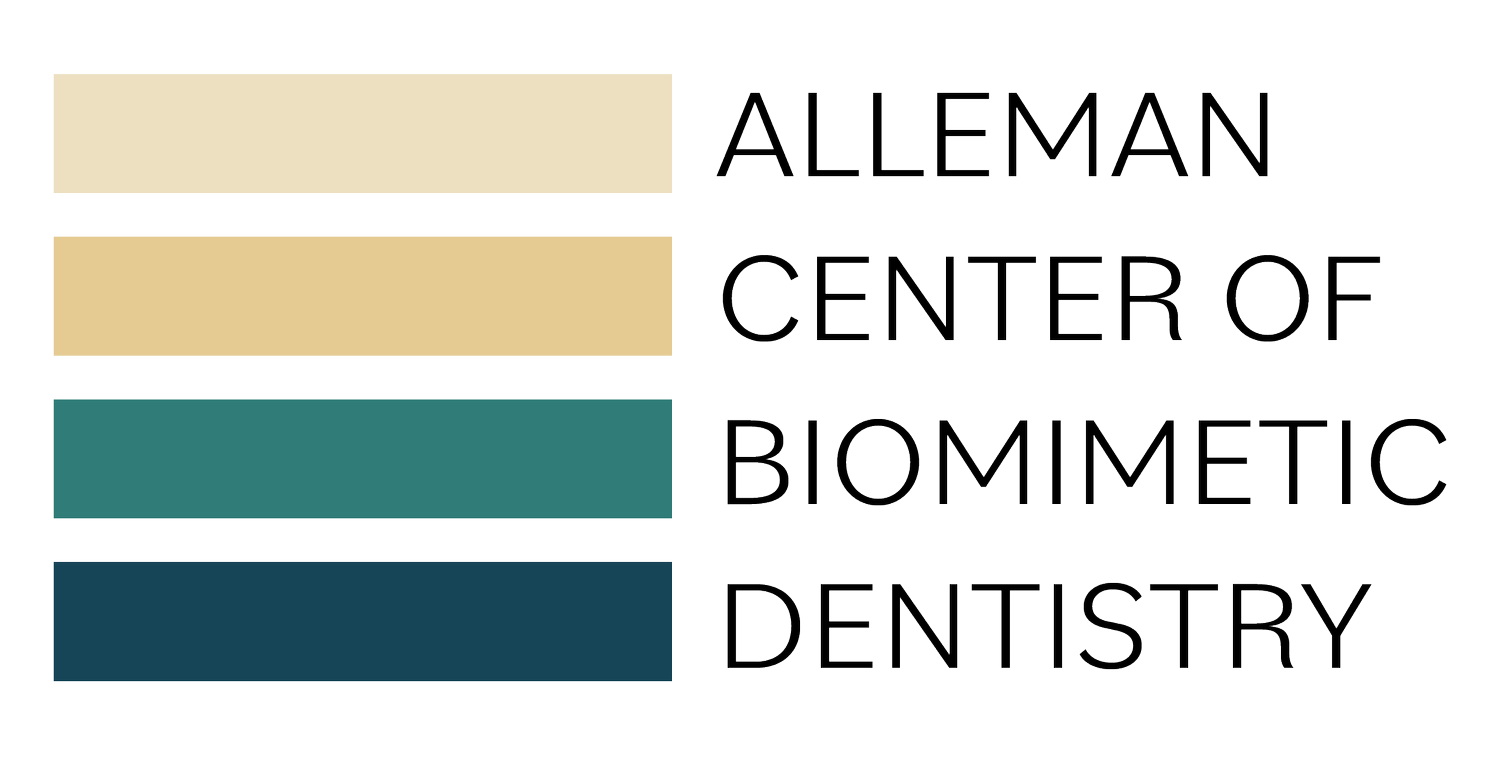Dental Primers vs Dental Adhesives
Dental primers and dental adhesives are often marketed as the ultimate solution for adhesive restorations, but as with any material on the market, understanding the research behind these materials and the best techniques for their use is key to long-term restorative success.
While some dental bonding agents combine the priming and adhesive step, gold standard bonding systems like Kerr OptiBond FL, Kuraray Clearfil SE Bond and Kuraray Clearfil SE Protect are two- and three-bottle systems. Research has shown that, for currently available materials, breaking up the priming step (preparing the dentin for bonding) and the adhesive step (bonding to the dentin) achieves the highest bond strengths when paired with the appropriate techniques.
Applying dental primer is part of immediate dentin sealing in a biomimetic restoration. Case by Dr. Davey Alleman, DMD.
How dental primers work
Dental primer interacts with hydroxyapetite in intertubular dentin to prepare the dentin for bonding. Certain primers can increase long-term bond strength by minimizing contamination of the adhesive and preserving bondable surface area.
Self-etch primer preserves hydroxyapetite around collagen fibriles and whitlockite that has formed to protect against bacteria. This allows for a drier bonding field and simplifies the dentin bonding process for increased predictability by minimizing the opportunity for variation between practitioners.
Total etch primer removes more hydroxyapetite around the collagen fibriles creating a wetter bonding field that can dilute a bonding system. While gold standard total etch dental bonding systems exist, they are more technique sensitive than self-etch systems.
Why dental primers benefit dental restorations
Due to its high water content, dentin is a difficult material to bond to. Creating strong, long-lasting bonds to dentin requires complex molecules that are both hydrophilic and hydrophobic. Priming helps prepare the dentin for bonding by minimizing pulpal fluid contamination and maximizing bondable material. Look for primers that are part of gold standard bonding systems and understand how other techniques in the restorative process affect patient outcomes.
Now in its third year, this case is still testing vital, showing what is possible with a dental bonding system that can achieve a biomimetic bond. Deep decay too close to the pulp to be safely removed is sealed with the dental adhesive, giving the pulp a chance to heal. Case by Dr. Davey Alleman, DMD.
Dr. David Alleman, DDS created his Six Lessons Approach to Biomimetic Restorative Dentistry to give doctors a complete set of protocols for predictable dentin bonding. Study the protocols and the research behind them at Alleman Center biomimetic dentistry training programs.







